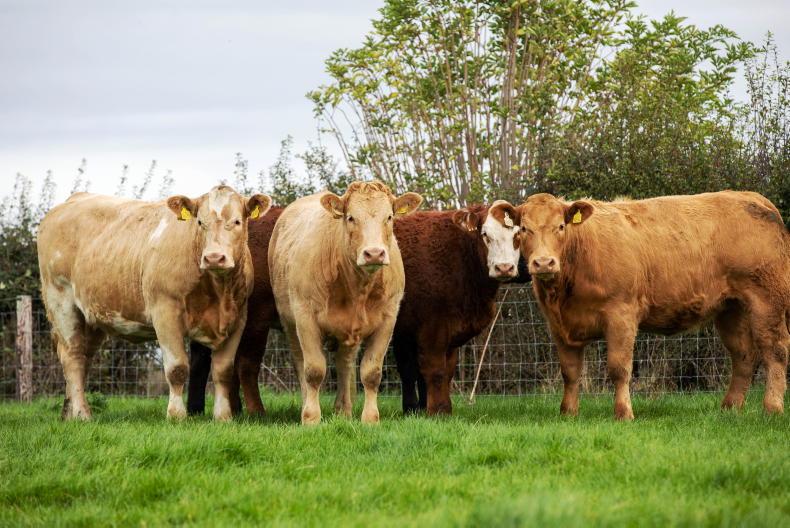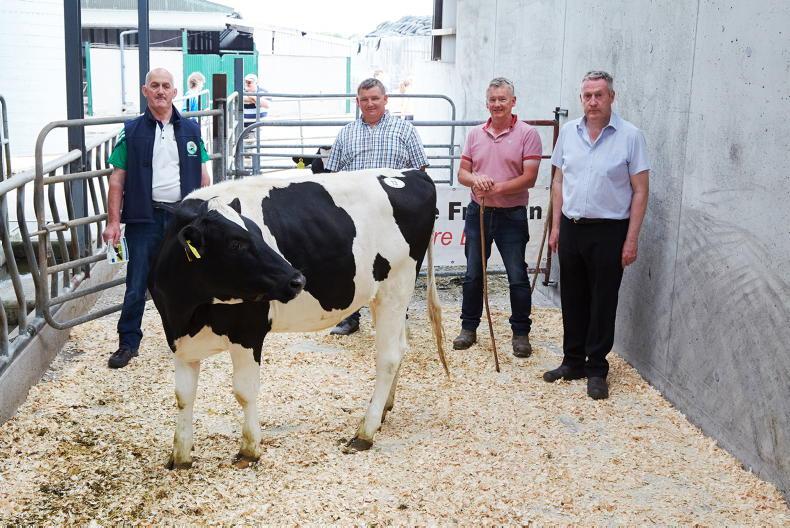Weather
Heavy rainfall across the country has meant cattle have had to be housed on a lot of farms. Temperatures are still above average for the time of year, so be mindful of this when putting cattle in.
Don’t pack pens too much for the first few weeks if you can, and give animals lots of space to acclimatise to the winter set up.
Try and leave doors of sheds open to increase ventilation, especially during this warm period. If you have been feeding meal to weanlings outside continue to do so inside. It takes animals some time to transition onto a silage diet.
Silage intake will be low, so feeding meal will ensure that there is enough energy going in until intake increases. Keep an eye on all animals, especially weanlings and autumn born calves to make sure they are eating and healthy.
Try house cattle on a dry day. They won’t sweat as much if dry and getting over the stress of housing will be a little easier for the housed cattle.
Don’t take on other tasks like dosing or castration until animals have settled into the housing routine. One stressor at a time is enough.
Rodent Control
As the weather deteriorates, rodent and vermin control becomes an issue on farms. This coincides with animals being housed and feed being stored in sheds around the yard.
Typical signs of infestation include droppings around feed stores, gnawing and chewing of materials in sheds, footprints in soft material like clay, or holes or burrows in soil around the yard.
Rodents pose an animal health risk and more importantly a human health risk. Wear gloves when handling poison bait and working in areas where rodents are present.
If you are not using purpose-built bait boxes, bait should be covered in pipes, etc. to stop other animals from ingesting it. Remove dead rodents and replenish bait regularly.
Remember to record its usage in your Bord Bia Quality assurance plan.
Rodents can appear in the farm dwelling as central heating systems come back on. Make sure to block as much access as possible.
A rat can fit through a gap the width of your thumb (13mm) while a mouse can fit through the width of a pencil (6mm). If vermin issues are persisting after 35 days of active control, other control measures should be looked at.
BDGP and BEEP-S
There is one week left to fulfil the requirements for both the BDGP scheme and the BEEP scheme. You must have 50% of the reference number of animals for your herd genotyped 4 or 5 stars on the replacement index by Monday 31 October.
The ICBF has posted out BDGP eligibility reports over the last number of weeks. Check your status to make sure you are cleared for payment in December.
The new Suckler Carbon Efficiency Programme will require having 75% genotyped 4 and 5 star cows on the replacement index by the end of the next five year programme.
This will be based on a new reference number of cows that calved on your holding, based on an average of a number of years selected between 2016 and 2021.
Under the BEEP-S and dairy calf weighing scheme all weights must be submitted by 1 November to ICBF.









SHARING OPTIONS